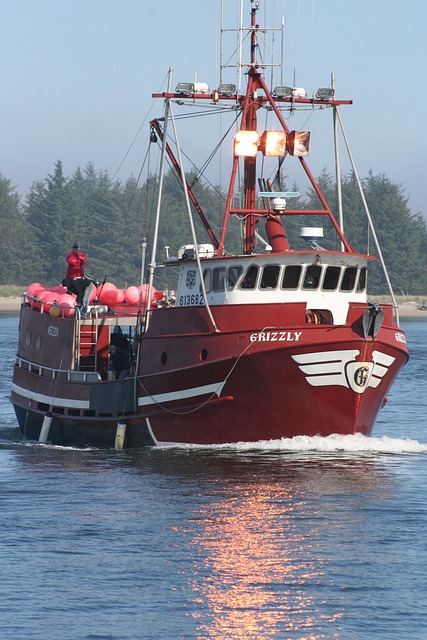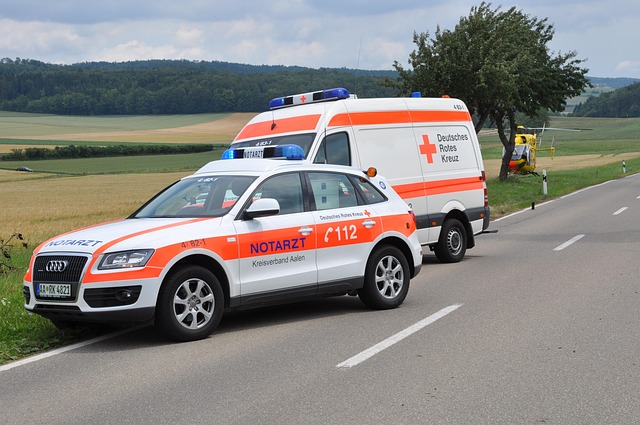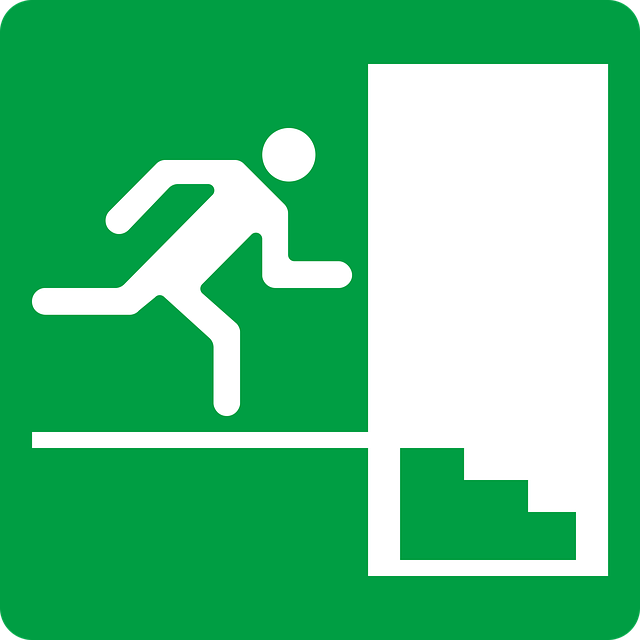A cutting-edge Hazmat Tank Simulator in northwest USA revolutionizes regional tank rollover training for emergency responders. This technology offers a safe, immersive environment to practice complex scenarios without risks, enhancing skills and confidence. By accurately modeling diverse terrain, the simulator optimizes training efficiency, fostering deeper understanding of stability and containment procedures, ultimately bolstering safety protocols in hazardous material incidents.
In the northwest USA, a groundbreaking Hazmat Tank Simulator has been designed to revolutionize hazardous material training. This innovative technology addresses critical regional training needs, particularly in roll-over safety—a leading concern in the industry. By simulating real-world scenarios, the simulator enhances emergency response readiness and prepares professionals for high-stakes situations. Exploring its features, we delve into how this tool meets current challenges and sets a new standard for future hazard training, including advanced regional tank rollover training.
- Hazmat Tank Simulator: A Northwest Innovation
- Regional Training Needs: Rollover Safety
- Simulating Real-World Scenarios
- Enhancing Emergency Response Readiness
- The Future of Hazardous Material Training
Hazmat Tank Simulator: A Northwest Innovation

In the vibrant, bustling landscape of northwest USA, innovation meets practical necessity with the development of a cutting-edge Hazmat Tank Simulator. This game-changer is transforming regional tank rollover training, providing professionals in hazardous material handling with a dynamic and safe learning environment. The simulator offers an immersive experience that mirrors real-world scenarios, empowering trainees to navigate complex situations with confidence and precision.
Designed with meticulous attention to detail, the Hazmat Tank Simulator allows users to practice emergency response protocols without exposing themselves or the environment to actual risks. This sophisticated technology not only enhances safety but also optimizes training efficiency. By simulating various tank rollover conditions, the simulator fosters a deep understanding of stability dynamics and containment procedures, ensuring that first responders are well-equipped to handle potential disasters.
Regional Training Needs: Rollover Safety

In the northwest USA, the unique geographical features and challenging terrain necessitate specialized training for hazardous materials (hazmat) tank handling, with a particular focus on rollover safety. Regional tank rollover training is crucial to prepare emergency responders and hazmat teams for potential incidents in this diverse landscape. The rugged terrain and varied road conditions require that personnel are adept at navigating treacherous turns and sudden changes in elevation.
This targeted training simulates real-world scenarios where rollovers can occur, enhancing the skills of first responders. By mastering these techniques, they can minimize risks during operations involving large tanks, ensuring safer handling and more effective crisis management. The northwest’s distinct environment thus drives the need for specialized hazmat tank rollover training, ultimately strengthening safety protocols across the region.
Simulating Real-World Scenarios

In designing a hazmat tank simulator for the northwest USA, one of the key considerations is the ability to simulate real-world scenarios, especially those involving regional tank rollover training. This training is crucial for preparing emergency responders to handle hazardous material accidents on local roads and highways. The simulator should replicate various terrain types found in the region, from winding mountain passes to flat agricultural fields, to ensure that first responders are adequately trained for any situation they may encounter.
By incorporating realistic physics and environmental conditions, the hazmat tank simulator can offer a safe and controlled environment for training purposes. This includes simulating rollovers, leaks, and spillage scenarios, allowing emergency teams to practice their response strategies without putting lives or valuable resources at risk. Such simulations not only enhance preparedness but also help in understanding the unique challenges posed by the region’s diverse landscapes during hazardous material incidents.
Enhancing Emergency Response Readiness

In the northwest USA, emergency response teams are benefiting from a cutting-edge Hazmat tank simulator designed to enhance their readiness in hazardous material situations. This advanced training tool allows first responders to practice regional tank rollover scenarios, crucial for navigating challenging terrain and limited access areas often encountered during real-world emergencies. By simulating various conditions, including unstable road surfaces and narrow passageways, the simulator provides a safe environment to hone critical skills and improve decision-making under pressure.
The integration of this technology in local emergency response strategies underscores a commitment to fostering preparedness and ensuring folks are equipped to handle potential hazards effectively. Through realistic simulations, responders gain invaluable experience, enabling them to react swiftly and efficiently during actual incidents involving hazardous materials transportation. This proactive approach to training is revolutionizing the way first responders prepare for and manage high-risk situations in their communities.
The Future of Hazardous Material Training

The future of hazardous material (hazmat) training lies in immersive, realistic simulations that can be tailored to specific regions and scenarios. By designing advanced tank simulators, like those crafted in the northwest USA, industry professionals can prepare for a wide range of emergency situations, from regional tank rollover events to complex transportation hazards. This innovative approach bridges the gap between theory and practice, ensuring that first responders, hazmat technicians, and transporters are equipped with the necessary skills to handle real-world challenges effectively.
These simulations not only enhance learning but also promote safety by enabling individuals to gain hands-on experience in a controlled environment. As technology advances, we can expect even more sophisticated training tools that incorporate augmented reality, virtual reality, and artificial intelligence. This evolution will shape the way hazmat training is conducted, making it more accessible, engaging, and ultimately, life-saving.






